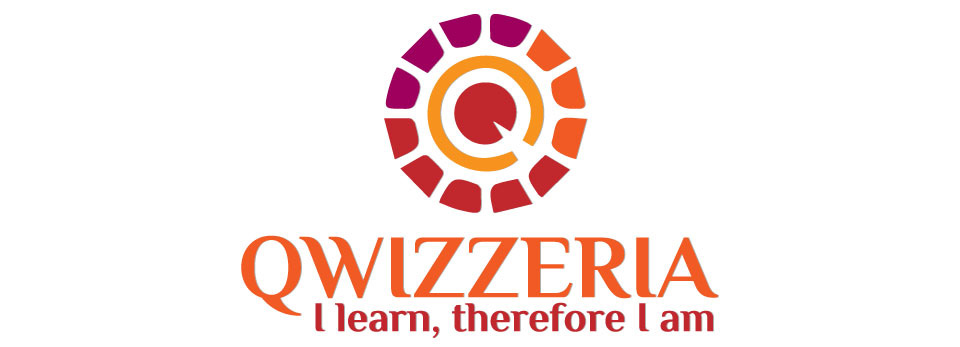I moved to Europe in 2008 with my husband. Following that we had children and I became a stay-at-home mum. I felt bored at times and therefore thought of doing something creative…something that I love.
I like eco-friendly terracotta jewellery and baking, so I combined the two. I watched many videos on making terracotta jewellery and tried to make small earring studs and pendants at first. Once, when I went home to Chennai, I attended a workshop and learnt a few techniques on how to make professional jewelry.
Terracotta literally means ‘baked earth’ and it is made from natural clay. The technique was used traditionally to create figures of deities on festive occasions and ceremonies. It is also used in traditional jewellery and handicrafts in India.
Terracotta jewellery can be fashioned into both traditional and modern design. And can be worn with semi-formal, ethnic or even everyday fashion.
The terracotta is moulded by hand. It can be painted, carved, embedded with stones or beads and embossed with patterns. Or just left natural.

Making the Terracotta Jewellery
Step 1: The first thing which you need to make terracotta jewelry is terracotta clay. Preparing the clay is the initial step in the process. Take some smooth clay and knead well, you can oil on your hands to prevent the clay from sticking.
Step 2: Roll out the clay on a flat surface and remove any trapped air bubbles. There are chances the jewelry might break while baking if there is air trapped in the clay.
Step 3: Roll out sufficient amounts of clay with your hands or with a rolling pin. Give them different sizes, shapes, and structures. Be creative. Dip your fingers in water and rub over the surface to give it a smooth finish. Do not use an excess of water. Allow the prepared terracotta jewelry to air dry for two days.
Step 4: After two days, bake the terracotta jewellery for 30 minutes at 220 – 240-degree centigrade. Cool. Now your jewelry is ready to be painted with attractive acrylic colors. Have fun!
Unused terracotta clay can be stored in an airtight box to prevent it from hardening.
About the Author
Surekha is a food lover, a baker and is ever eager to try new ideas. A former HR Executive, she moved from Chennai to Luxembourg 10 years ago and then relocated to Switzerland three years ago. Surekha has also participated in a record-breaking event, where world’s largest crochet blanket (11,148.5 m2 in area) was made by ‘Mother India’s Crochet Queen’ (India), in Chennai on 31 January 2016.
Disclaimer: Opinions and methods expressed are solely of the writer. Namaste Switzerland does not undertake any obligation or liability which may arise from the content.













Good going Surekha. Loved the designs and colors.